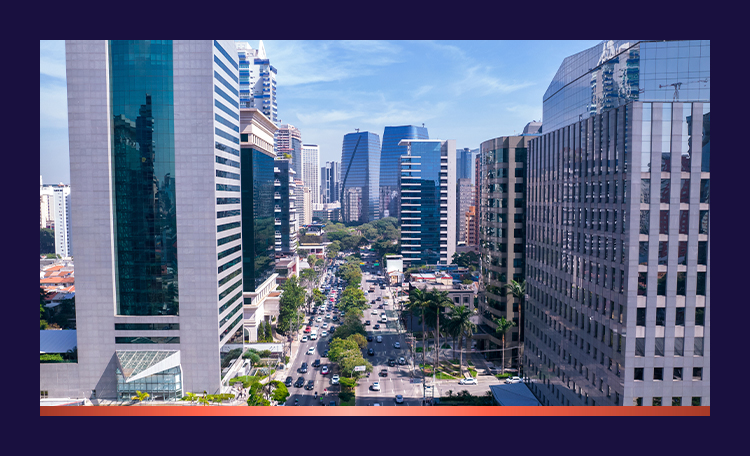
Commercial Real Estate Insights
Most Recent
Research
Podcast • Economy
Cushman & Wakefield: Behind the Numbers
Economy
Podcast • Economy
Cushman & Wakefield: Behind the Numbers
Research • Economy
Research • Economy
Rosanna Tang • 12/10/2025
Hospitality
Research • Valuation
InnSights Quarterly Hospitality Report
Research
Manchester Hotel Market Spotlight
Industrial & Logistics
Research
West Region Industrial Labor Report
MarketBeat
CEE Industrial MarketBeat Reports
Investor

Article • Investment / Capital Markets
Article • Investment / Capital Markets
Market Matters: Exploring Real Estate Investment Conditions & Trends
MarketBeats

MarketBeat
UK Economy & Housing Marketbeat Reports
Retail
Insights
Our Neighborhoods Entering a New Era: Gangnam Edition
Insights
Our Neighborhoods Entering a New Era: Hannamdong Edition
Data Centers
Research

Research
H1 2025 EMEA Data Centre Market Update
Insights • Technology
James Normandale • 1/16/2025
Research • Investment / Capital Markets
Shaun Brodie • 2/29/2024
Sustainability & Wellness

Article • Sustainability / ESG
Reaching Net Zero: Managing Scope 3 Emissions in Real Estate

Article • Sustainability / ESG
BREEAM Certification: Enhancing Asset Value through Advanced Energy Assessment
Research • Sustainability / ESG
11/6/2025
Article • Sustainability / ESG
Fernanda Machado • 11/5/2025
Article • Sustainability / ESG
Arthur Le Cossec • 10/30/2025
Research • Sustainability / ESG
Edward Bavister • 10/28/2025
Technology

Article • Technology
Data Center Expansion in Latin America
Insights • Technology
From Square Footage To Smart Footage
Article • Technology
1/20/2025
Insights • Technology
James Normandale • 1/16/2025
Workplace
Article • Workplace
Infrastructure: the foundation of smart site selection
Insights in your inbox
Featured MarketBeat Reports

MarketBeat
UK Economy & Housing Marketbeat Reports
MarketBeat
UK Investment Marketbeat Reports

MarketBeat • Economy
MarketBeat

MarketBeat
MarketBeat
CEE Industrial MarketBeat Reports
Articles

Article • Technology
Data Center Expansion in Latin America
Research
West Region Industrial Labor Report
Insights • Technology
From Square Footage To Smart Footage

















